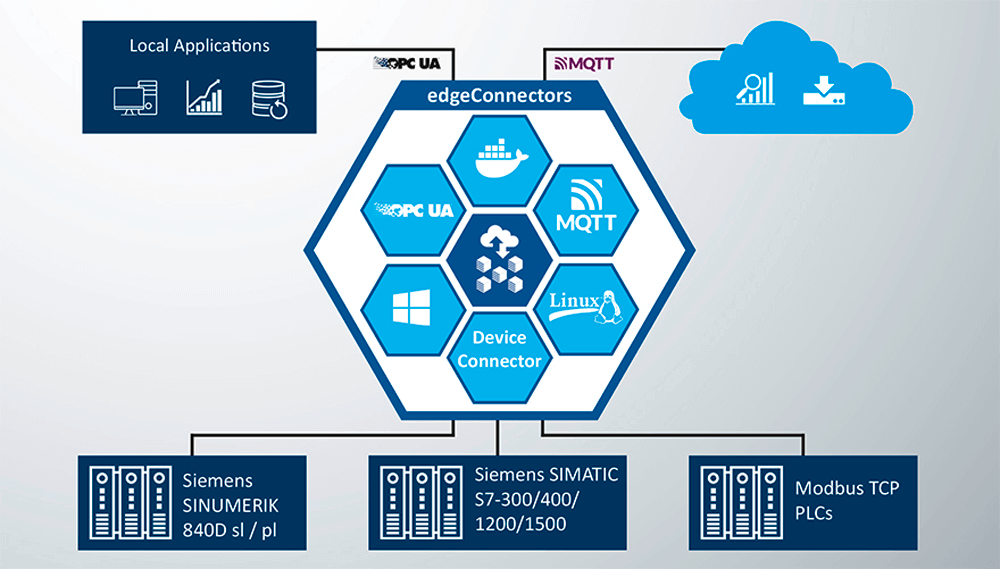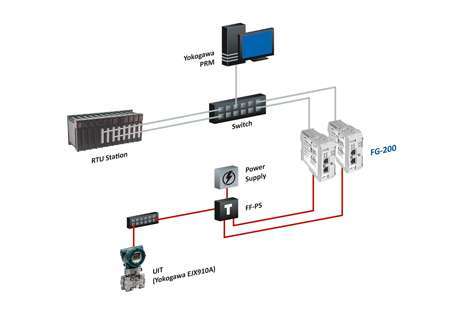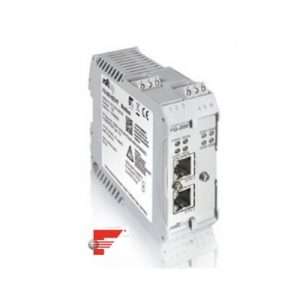INFORMATION DU 28/03/2023
New functionalities of edge products from Softing Industrial facilitate integration into IT solutions
Haar, March 28, 2023 – The edgeConnector products and the edgeAggregator from Softing Industrial offer a range of functionalities in version 3.40 that make integration into IT solutions much easier.
The Docker-based software modules of Softing’s edgeConnector product family provide access to process data in SIMATIC S7, SINUMERIK 840D and Modbus TCP controllers. The edgeAggregator, which is also Docker-based, provides an OPC UA data integration layer in conjunction with a Docker-based IoT edge solution. This allows various OPC UA servers of the automation level to be grouped together with their associated address spaces. The aggregated data can then be made available to IT applications via a consistent OPC UA interface.
Version 3.40 of the edge products includes a number of new features that greatly facilitate integration with standard Docker IT solutions. These include:
- Metrics support for Prometheus – enables the collection and analysis of metrics using the Prometheus query language. Metrics can be stored in applications such as Prometheus and made available for queries. There is also the possibility to send alerts based on the collected metrics.
- Logging for container management platforms such as Kubernetes and Portainer – this streams logging information to the standard output interface of a Docker container and can be used by container management platforms such as Kubernetes or Portainer.
- Support for Lightweight Directory Access Protocol (LDAP) – enabling integration with centrally hosted authentication solutions.
- Support for the latest MQTT protocol version 5 as well as MQTT Store and Forward and MQTT Trigger Enhancement. Store and Forward guarantees protection against data loss. If the connection is interrupted, the data is temporarily stored and automatically transferred after the connection is restored. The MQTT Trigger Enhancement enables the creation of extensive and complex triggers for MQTT messages thanks to the new support of LUA scripts.
With version 3.40 of its edge products, Softing Industrial continues its commitment to improving connectivity at the interface of OT and IT and facilitating the use of standard IT management and monitoring solutions.





